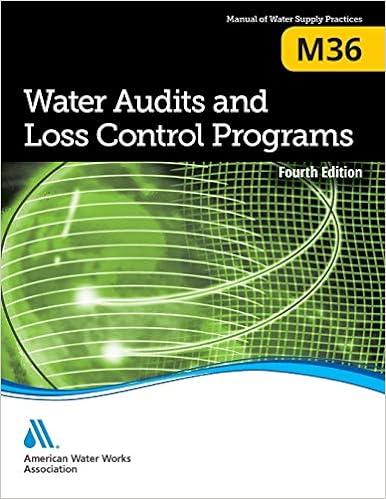Answered step by step
Verified Expert Solution
Question
1 Approved Answer
1 7 . A regulatory agency would use the external financial statements of a local government for which of the following purposes? a . To
A regulatory agency would use the external financial statements of a local government for which of the following purposes?
a To ensure that the entity is spending and receiving resources in accordance with laws, regulations or policies.
b To determine how resources should be allocated.
c To exercise general oversight responsibility.
d To do all of the above.
A primary tool of both governments and notforprofit to acquire funds to finance longterm projects is
a Levy of special purpose tax.
b Have a citywide gala.
c Obtain line of credit on current assets.
d Issue bonds to individuals and institutional investors.
Which of the following objectives is considered the cornerstone of financial reporting by a state or local government?
a Accountability.
b Budgetary compliance.
c Interperiod equity.
d Service efforts and accomplishments.
Which of the following are objectives of financial reporting by state and local governments as established by the GASB?
i Accountability
ii Evaluation of legislative results
iii. Level of service and ability to meet obligations
a I only
b II only
c I and III
d I, II and III
Which of the following is an objective of financial reporting by nongovernmental notforprofit entities as established by the FASB?
a Assessing the types of services provided and the need for those services.
b Assessing the services provided and the entitys ability to earn a profit.
c Making rational decisions about the allocation of resources to those organizations.
d Assessing how managers have managed personnel.
As used by the GASB, interperiod equity refers to which of the following?
a Demonstrate compliance with financerelated contractual requirements.
b Provide information to determine whether the constituents pay for what they receive.
c Demonstrate whether resources were obtained and used in accordance with the governments legally adopted budget.
d Provide information to assist users in assessing the governments economy, efficiency, and effectiveness.
Given a specific set of data, the basis of accounting selected by or imposed on a government will impact which of the following the LEAST?
a Determining whether the government has a balanced budget.
b Determining whether the government has the ability to issue debt.
c Determining whether certain economic events occurred.
d Determining the annual payments to a governmentsponsored pension plan.
The basis of accounting selected by or imposed on a government can influence which of the following?
a A decision to contractout a specific service rather than provide that service itself.
b The amount of annual contribution to keep pension fully funded.
c The amount that is available to spend on a donorspecified project or service.
d All of the above.
The Governmental Accounting Standards Board is the primary standardsetting body for:
a All governments.
b All state and local governments.
c All governments and all notforprofit entities.
d All state and local governments and all notforprofit entities.
Under certain circumstances a government might use standards established by which of the following standardsetting bodies?
a GASB.
b FASB.
c AICPA.
d All of the above.
The primary standardsetting body for accounting and financial reporting by a statesupported college or university is:
a GASB.
b FASB.
c AICPA.
d All of the above.
In descending order, the hierarchy of GAAP applicable to a churchowned college may be:
a FASB Statements and Interpretations, AICPA Accounting Research Bulletins, Accounting Principles Board Opinion, FASB Technical Bulletins, AICPA Industry Audit Guides, FASB Implementation Guides, other accounting literatureincluding GASB standards.
b FASB Statements and Interpretations, GASB standards, AICPA Practice Bulletins if cleared by FASB
c GASB Statements and Interpretations, AICPA Industry Audit Guides, GASB Implementation Guides, other accounting literatureincluding FASB standards.
d GASB Statements and Interpretations, GASB Technical Bulletins, AICPA Industry Audit Guides, AICPA Practice Bulletins if cleared by GASB GASB Implementation Guides, other accounting literatureincluding FASB standards.
Which of the following entities was a principal in creating the FASAB?
a US Congress.
b Office of Management and Budget.
c Governmental Accounting Standards Board.
d Securities and Exchange Commission.
The purpose of the FASAB is to establish accounting standards for
a Notforprofit entities.
b Federal government.
c All governments.
d Nonfederal governments.
Step by Step Solution
There are 3 Steps involved in it
Step: 1

Get Instant Access to Expert-Tailored Solutions
See step-by-step solutions with expert insights and AI powered tools for academic success
Step: 2

Step: 3

Ace Your Homework with AI
Get the answers you need in no time with our AI-driven, step-by-step assistance
Get Started


